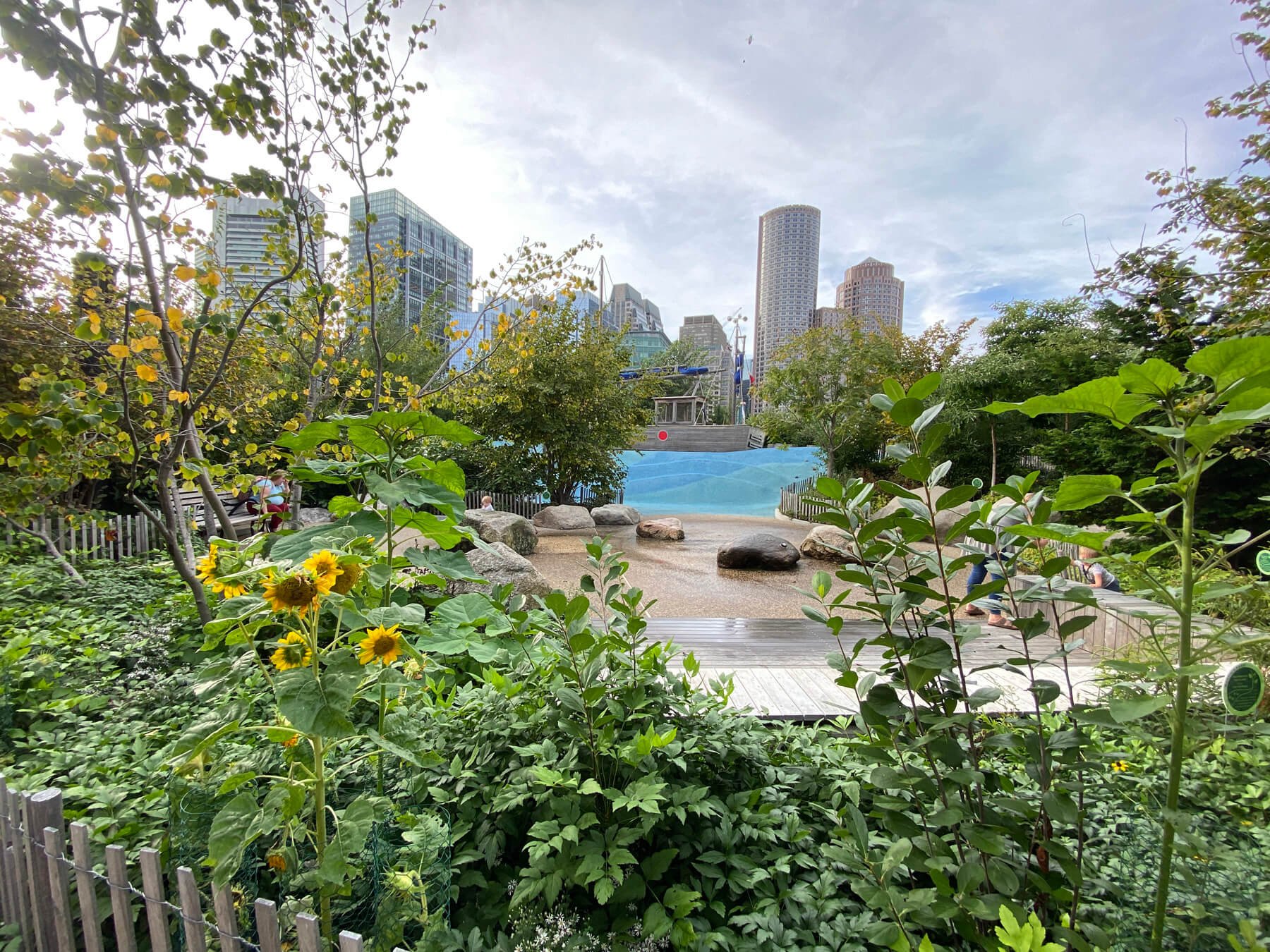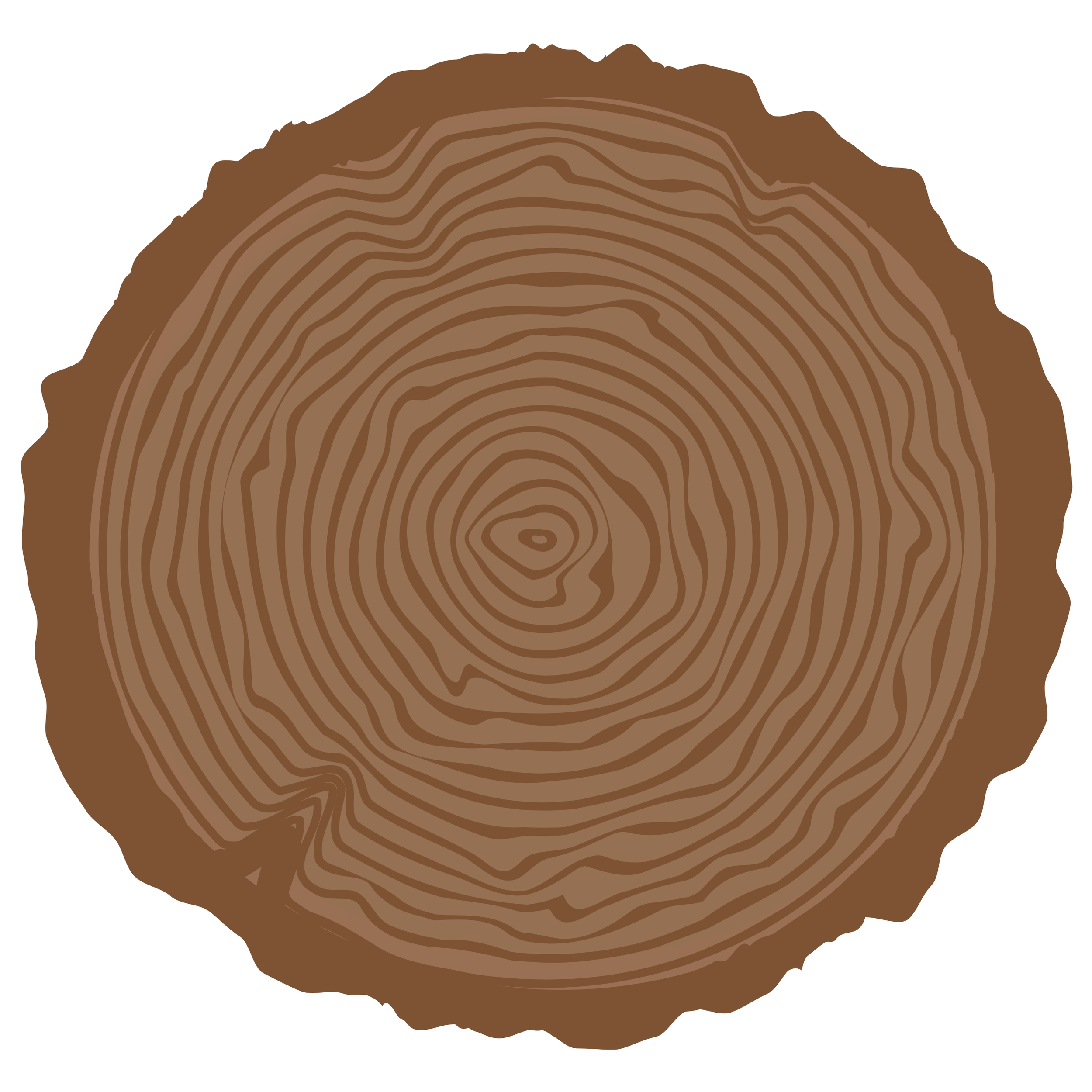
TREE WALKS

In the Spring of 2024, a series of informational signs were installed in Martin’s Park in collaboration with SPEAK WITH THE TREES and their TEEN URBAN TREE CORPS program. These signs highlight just twelve of the twenty-one varieties of deciduous trees and conifers found within park grounds. Discover all the signs when you visit, and see if you can use your new knowledge to identify similar trees elsewhere in the Park – and at home in your neighborhood. Thanks to the TEEN URBAN TREE CORPS, who researched the tree species and designed the signs, and to WS Development for supporting the project. We are excited to share their passion for trees and bring a better understanding of the kinds of trees found at Martin's Park!
Sponsored by Speak with the Trees, WS Development and Friends of Martin’s Park
There are 12 varieties of Deciduous trees in Martin’s Park
Deciduous trees do not shed their leaves annually.
There are 8 varieties of Conifer trees in Martin’s Park
Conifers are mostly evergreen trees and shrubs usually having needle-shaped or scale-like leaves and including forms (such as pines) with cones.
American Hophornbeam
Latin Name: Ostrya virginiana
HOW TO ID:
Spot this tree by its doubly serrated leaves, spring flowers, and light green seed pods.
Did you know?
This tree is commonly referred to as Ironwood. It has a very strong wood, which can be used to make tools.
BALD CYPRESS
Latin Name: Taxodium distichum
HOW TO ID:
Spot this tree by its bright green springtime leaves, scaly bark, and small round cones.
Did you know?
Unlike most conifers, bald cypresses will lose their leaves in the fall.
FORMOSAN CYPRESS
Latin Name: Chamaecyparis formosensis
HOW TO ID:
Spot this tree by its light red bark, scale-like leaves, and small cones.
Did you know?
Grows in the Central Taiwanese Mountains at moderate to high altitudes of 1000-2900M.
GOLDEN RAINTREE
Latin Name: Koelreuteria paniculata
HOW TO ID:
Spot this tree by its fruit that resemble Chinese lanterns, bright yellow flowers, and toothed leaves.
Did you know?
When this tree’s petals drop to the ground, they resemble a ‘Golden Rain’ blanket, hence the name.
Hetz Wintergreen
Latin Name: Thuja occidentalis
HOW TO ID:
Spot this tree by its tall narrow shape, small pine cones, and dark green needles
Did you know?
Wintergreens have few issues with pests or disease, but they do attract deer.
Kwanzan cherry
Latin Name: Prunus serrulata ‘Kanzan’
HOW TO ID:
Spot this tree by its oval-shaped leaves, thin and smooth bark, and pink spring flowers.
Did you know?
The Kwanzan Cherry tree comes from the Edo era of Japan (1603-1868) and is truly a historic tree.
Parrotia
Latin Name: Parrotia persica
HOW TO ID:
Spot this tree by its wide-spreading branches, several trunks and oval oblong leaves.
Did you know?
This tree went to space during the Apollo 14 mission.
Quaking aspen
Latin Name: Populus temuloides
HOW TO ID:
Spot this tree by its smooth white bark, heart-shaped leaves, and long flattened petioles attaching leaves to branches.
Did you know?
Quaking Aspen are very fire-adaptive trees and regenerate quickly after forest fires.
Sargent’s cherry
Latin Name: Prunus sargentii
HOW TO ID:
Spot this tree by its pink flowers, mahogany-colored bark, and red-tinged leaves
Did you know?
Sargent’s Cherries are native to Japan, Korea, and the Sakhalin Island.
SASSAFRAS
Latin Name: Sassafras albidum
HOW TO ID:
Spot this tree by its reddish-brown bark, greenish-yellow flowers in spring, and leaves in various shapes.
Did you know?
Indigenous Americans have used sassafras for centuries as a seasoning and natural medicine.
WEEPING ALASKAN CEDAR
Latin Name: Chamaecyparis nootkatensis ‘Pendula’
HOW TO ID:
Spot this tree by its spread-out drooping branches, large grooved trunk, and soft and wispy needles.
Did you know?
These trees grow their branches toward the sunniest side, typically the south, guiding the way!
WESTERN RED CEDAR
Latin Name: Thuja plicata
HOW TO ID:
Spot this tree by its several scale-like leaves, small brown cones, and ridged reddish-brown bark.
Did you know?
Western Red Cedar wood is prized for its health and sturdiness, and its oil that repel bugs.














